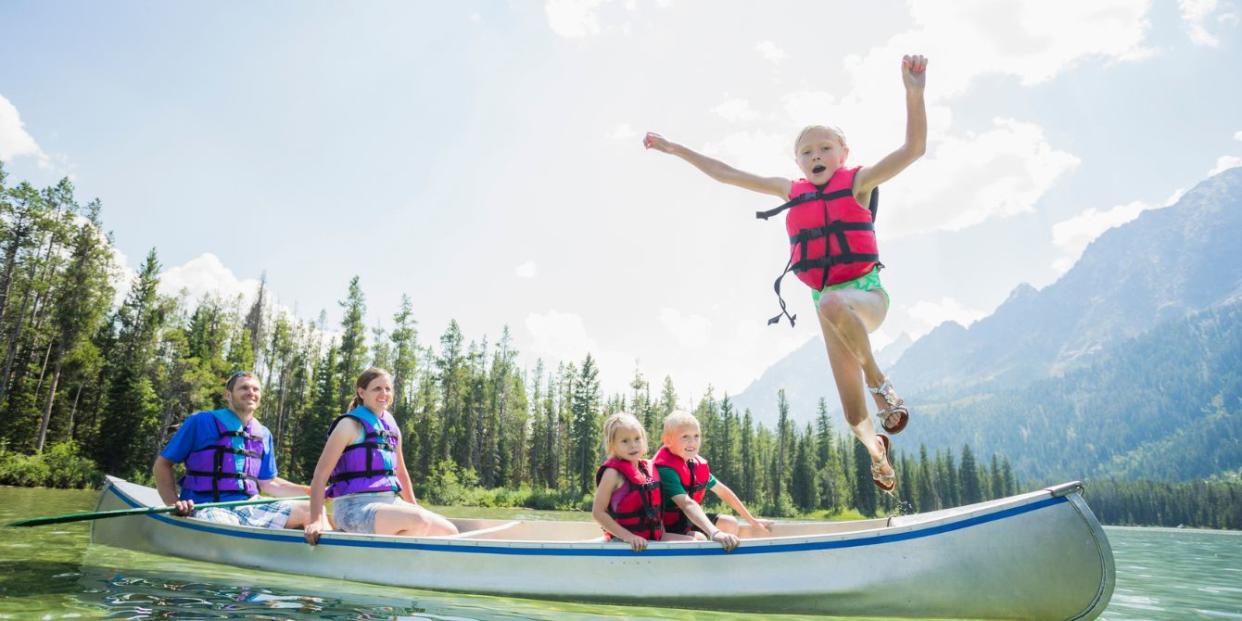Pediatrician shares water safety tips for parents amid new CDC data on drowning

May is Drowning Prevention Month, but according to a recent CDC report, drowning deaths are on the rise. Water safety information is now even more crucial for parents to learn as we head into the summer months.
Casey McGovern, executive director of Every Child a Swimmer, tragically lost her 19-month-old daughter, Edna Mae, when she drowned in a pool. Since then, she’s made it her life’s mission to help prevent any more children from drowning by helping spread awareness and access to the best prevention tool: swimming lessons.
“Drowning can and does happen to amazing parents, the stigma attached to drowning is that it only happens to ‘those’ types of parents and that is the furthest from the truth. I would like parents to think, ‘this can happen to me… now what am I going to do to protect my family,'” McGovern said. “No one would leave a loaded gun on your coffee table with a child nearby — we need to think of unsupervised water in the same way. Formal Swim Lessons reduce the risk of drowning by 88%, swim lessons should be the first sport any family should sign their child up for. It is a skill that has the potential to save their life.”
Dr. Molly O’Shea, a pediatrician for Goldfish Swim School, said there are many reasons for the recent rise in drowning deaths.
“Many urban areas have seen public pool access removed, so children no longer have the opportunity to learn to swim during childhood,” she said. “In addition, the pandemic resulted in a huge reduction in community pool and group activities, such as swim lessons for at-risk children. Since drowning is the leading cause of death for children 1-4, it is no surprise that after the pandemic, these children are behind previous generations in swim competency skill. Teenagers, especially black and brown teens, are also at high risk of drowning and without access to pools at a young age; many of these teens are too embarrassed to take lessons when they are introduced to swimming in middle school.”
She also noted that even when a drowning event isn’t fatal, it can have lifelong consequences.
“Beyond the ongoing fear and trauma of such a scary event that may haunt children for years, if a child experiences loss of oxygen to their brain due to a non-fatal drowning event, lifelong limitations are seen in every aspect of their life. Lung damage is another problem that can occur as a result of aspiration of large amounts of water, and can result in permanent changes to lung function,” she said.
And she emphasized that resources like TikTok and other social media aren’t necessarily the best source of information about drowning. For example, the term “dry drowning,” which has floated around online.
“The American Academy of Pediatrics actually recommends that terms like ‘dry drowning’ not be used,” she said. “Dry drowning is not a medical term and doesn’t represent a known condition. Children often swallow water and may cough, but this does not cause later drowning.”
But like McGovern, Dr. O’Shea also emphasized that swimming lessons are the best way to protect kids.
“Swim lessons and water competency training prepare children for the unlikely event that they find themselves in trouble in the water,” she said.
“What some people might see as ‘fun’ is serious learning: building comfort in the water, learning how to roll over and float on their back to call for help, learning how to pull themselves out of the water. In addition to swim skills, children learn their own limitations, how to use safety tools like life jackets, and rules like only swimming when adults are with them…these are all important aspects of swim lessons and water safety that reduce drowning risk.”

